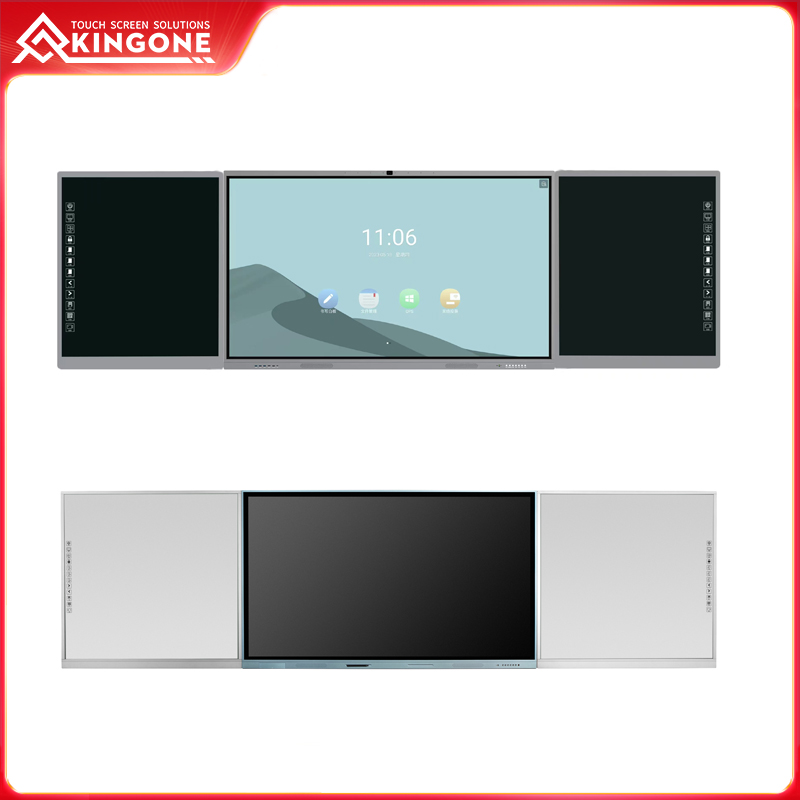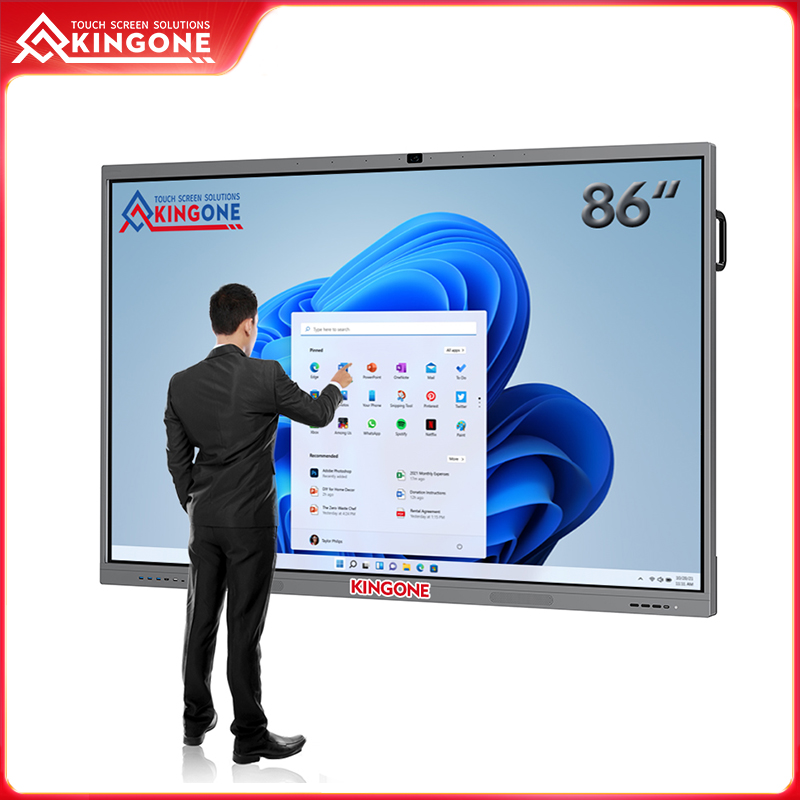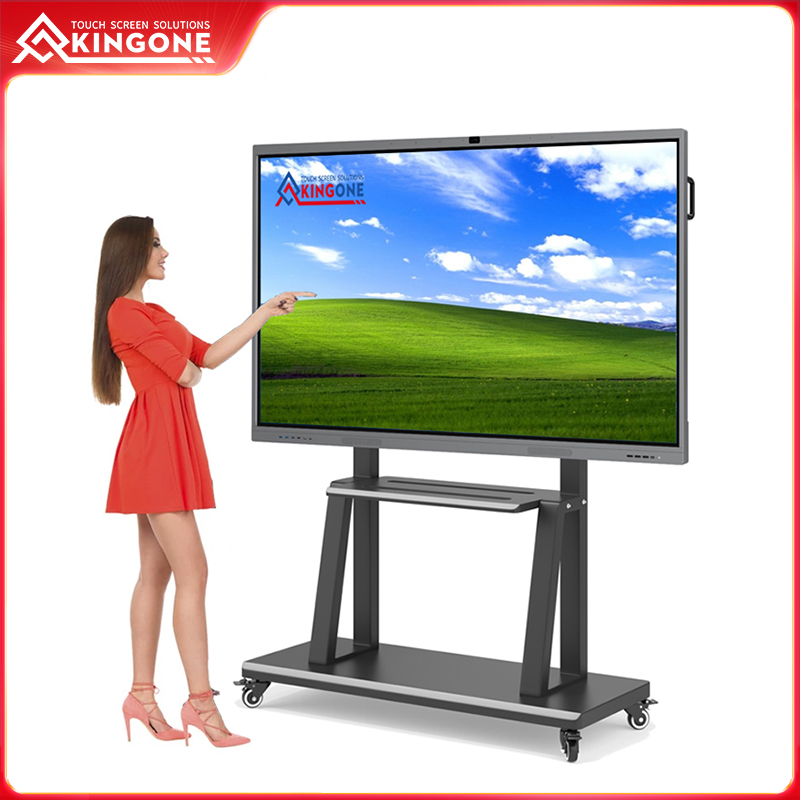What features make interactive whiteboards stand out in education?
Published:
2023-10-25 13:59:18
The Role of Interactive Whiteboards in Transforming Education.
Interactive touch screen board have revolutionized the education landscape by bringing a whole new level of engagement, collaboration, and interactivity into the classroom. Their intuitive design and diverse features make them stand out as powerful tools for educators. In this article, we will explore the key features that distinguish interactive whiteboards in education.
1. Multifunctionality and Flexibility
One of the standout features of smart touch board is their multifunctionality and flexibility. These boards act as a combination of a traditional whiteboard, projection screen, and computer interface. They enable teachers to display and annotate multimedia content, browse the internet, and seamlessly integrate various software applications.
With the option to connect to laptops, desktop computers, or tablets, interactive whiteboards offer a wide range of possibilities for different teaching styles and learning modalities. This flexibility means that educators can customize their lessons according to the specific needs of their students, resulting in a more engaging and personalized learning experience.
2. Enhanced Multimedia Capabilities
Interactive whiteboards excel in their ability to present dynamic and engaging multimedia content. With the integration of video, audio, and interactive visual aids, teachers can create immersive and interactive lessons that captivate students' attention.
By combining text, images, and audio-visual content, educators can cater to different learning styles and reinforce key concepts effectively. This multimodal approach allows for better comprehension and retention, promoting a deeper understanding of the subject matter.
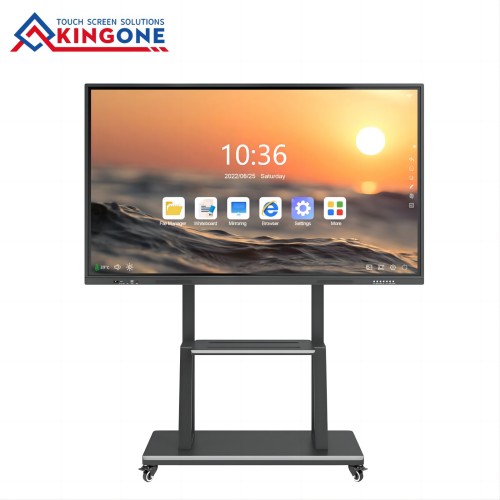
3. Real-time Collaboration and Interaction
Collaboration and interaction are essential components of modern education, and interactive whiteboards facilitate these important aspects of the learning process. Students can actively participate by interacting directly with the board, contributing ideas, and engaging in discussions.
Teachers can also use interactive whiteboards to promote group activities, brainstorming sessions, or virtual field trips, fostering a cooperative and inclusive learning environment. With the ability to save and share collaborative work, interactive whiteboards encourage teamwork and enable students to reflect on their progress.
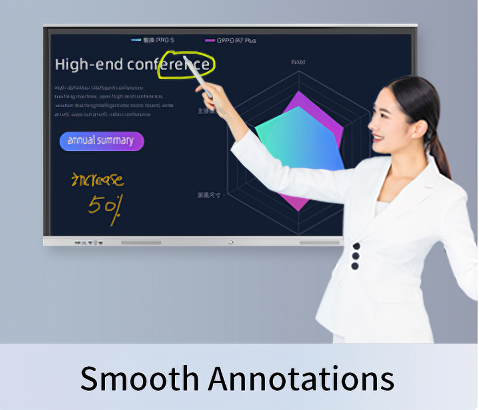
4. Accessibility and Inclusivity
Interactive whiteboards significantly enhance accessibility and inclusivity in the classroom. The incorporation of assistive technologies, such as text-to-speech and magnification tools, ensures that students with disabilities can actively participate in lessons and receive the necessary support.
Furthermore, interactive whiteboards allow educators to integrate various language learning tools, making lessons more accessible to students with limited English proficiency. The ability to display subtitles, translate texts, or provide pronunciation assistance caters to the diverse needs of a multicultural classroom.
Conclusion
Interactive whiteboards have emerged as transformative tools in education, offering multifunctionality, enhanced multimedia capabilities, real-time collaboration, and improved accessibility. By harnessing the power of these features, educators can create a dynamic and inclusive learning environment that fosters student engagement, participation, and academic success. Interactive whiteboards are undoubtedly revolutionizing the way we teach and learn.
 English
English

